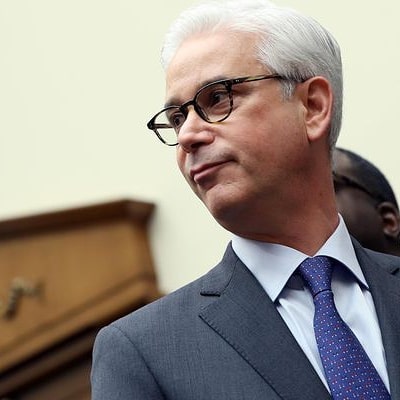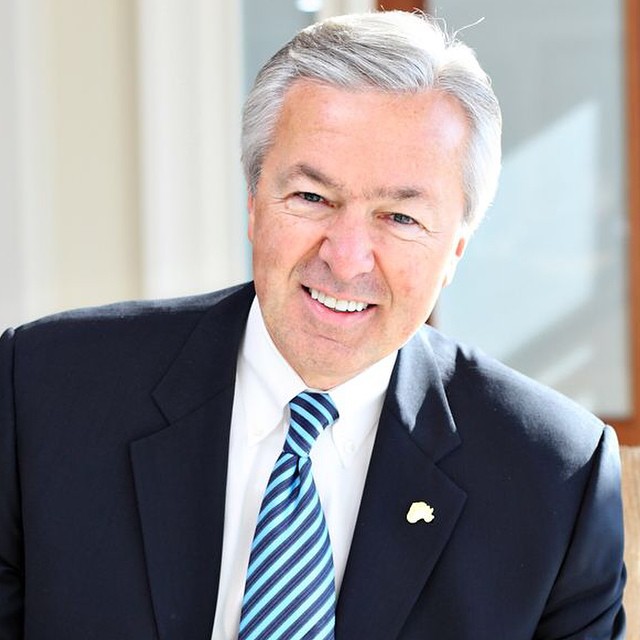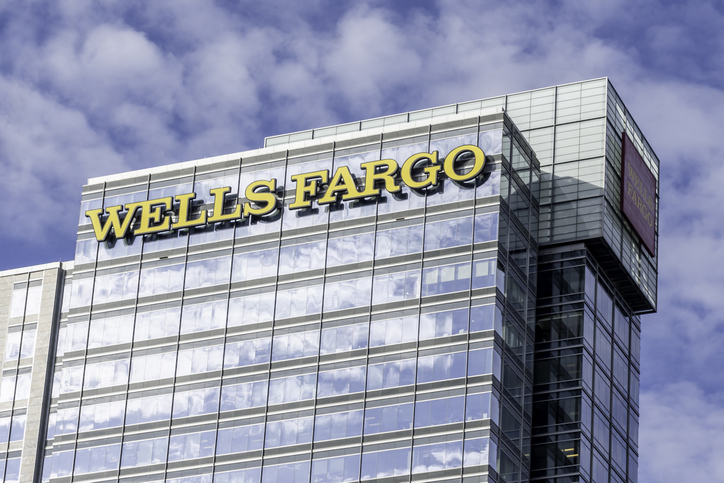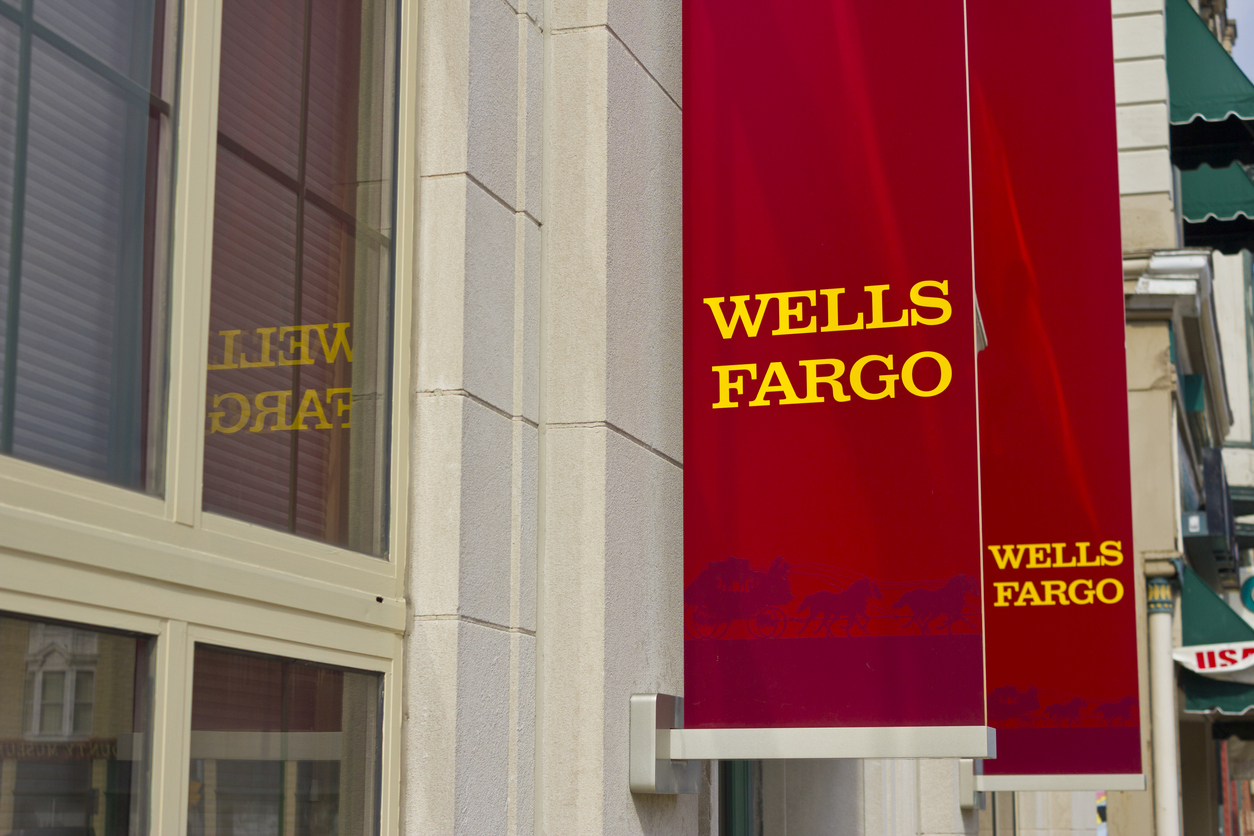Wells Fargo’s Leadership Failure—and the Road to Recovery
Wells Fargo—once celebrated as America’s premier community bank—became synonymous with scandal when it emerged that employees had opened over 2 million unauthorized customer accounts between 2011 and 2016 to meet impossible sales targets. This monumental fraud revealed profound flaws at the very core of the bank’s leadership, culture, and oversight. However, under the decisive leadership of CEO Charles Scharf, appointed in 2019, the bank has since embarked on a painstaking transformation toward stronger governance, rigorous compliance, and the arduous process of regaining lost trust.

Charles Scharf
The Sales-Driven Leadership That Backfired
Under the tenures of CEOs like Richard Kovacevich and , Wells Fargo aggressively pushed a "Gr-eight" cross-selling strategy. This corporate mandate urged front-line employees to sell an average of eight financial products to every household. While cross-selling was a common practice in banking, Wells Fargo’s relentless focus and the extreme pressure tied to it set it apart, cultivating an environment ripe for abuse. With performance reviews, bonuses, and even job security directly tied to these ambitious cross-selling metrics, a pervasive culture of fear and intimidation permeated the organization, ultimately leading to widespread fraud. Employees often faced public shaming, demotions, or termination if they failed to meet impossible daily quotas, fostering a toxic environment where breaking rules seemed the only path to survival. Furthermore, a decentralized leadership structure, particularly within its sprawling community banking division, allowed executives to systematically ignore glaring red flags and frequently misinterpret fraudulent activities as positive, high-performing sales figures. Despite numerous internal warnings and whistleblower complaints about the illicit practices, CEO John Stumpf and his senior team minimized concerns, dismissing the misconduct as isolated incidents rather than systemic issues, which tragically enabled the scandal to fester and expand over several years.

John Stumpf
The Cost of Misaligned Leadership
By the time the full scope of the scandal was exposed in 2016, the cost of Wells Fargo's misaligned leadership was staggering. Regulatory bodies, including the Consumer Financial Protection Bureau and the Office of the Comptroller of the Currency, imposed over $3.7 billion in fines and customer settlements. Beyond the financial penalties, thousands of employees, many of whom faced immense pressure to commit fraud, were fired or resigned in the wake of the scandal, highlighting the profound human cost of leadership failures. The widespread public outrage and regulatory pressure forced the resignation of CEO John Stumpf in 2016, followed by his successor, Tim Sloan, in 2019. A historic $1.9 trillion asset cap was additionally imposed by the Federal Reserve in 2018, severely restricting the bank’s ability to grow its balance sheet—a direct hit to its core business model. Consequently, its once-sterling reputation was left in tatters, becoming a textbook case of leadership failure and ethical breakdown within the global finance industry.
Repairing Leadership Under Charles Scharf
When Charles Scharf became CEO in October 2019, he took on a truly Herculean task: to fundamentally transform the bank's culture, restore robust governance, and meticulously regain the crucial trust of regulators and the public. His tenure has been marked by clear, decisive actions aimed at systemic change. Scharf immediately undertook a comprehensive governance overhaul, restructuring senior leadership teams, merging overlapping roles, and instilling a clear chain of accountability and meritocracy across the organization. This involved significant changes at the board level and within executive management, often by bringing in external hires with strong compliance and risk backgrounds to signal a new direction.
Simultaneously, a massive investment was made in strengthening risk and compliance capabilities. The bank added thousands of new risk and compliance professionals and allocated over $2.5 billion towards advanced control systems. These included sophisticated data analytics and AI-powered monitoring tools specifically designed to detect fraudulent patterns and ensure robust compliance across all operations. Under his watchful eye, Wells Fargo diligently worked to address and resolve outstanding regulatory issues. By early 2025, five high-profile consent orders related to sales practices, auto lending, and other areas were officially closed, demonstrating significant progress to regulators like the Federal Reserve. This commitment culminated in a landmark decision in mid-2025, when the Federal Reserve officially removed the $1.9 trillion asset cap, a clear and significant signal of regulatory confidence in Scharf’s rebuilt systems, strengthened controls, and transformed culture.
Related: 7 CEOs Fired for Misconduct and Mismanagement
Business Strategy: From Fixing to Growing
With the lifting of the asset cap and the resolution of major consent orders, Wells Fargo is strategically transitioning from a period of intense remediation to one of focused, ethical growth. The bank is now reinvesting significantly in its foundational consumer and wealth management operations, which are now strengthened by robust ethical safeguards and an improved customer-centric approach. Furthermore, Wells Fargo is strategically expanding its presence in higher-margin areas such as credit cards and investment banking, leveraging its renewed stability and enhanced reputation. To rebuild investor confidence and reward long-suffering shareholders, the bank is exploring various capital return strategies, including share buybacks and dividend increases. Alongside these initiatives, recruitment efforts are strategically focused on key areas like risk management, compliance, technology, and relationship-oriented roles to robustly support its new growth agenda and cultural shift.

Culture and Governance: The 4-R Recovery Playbook
Wells Fargo’s challenging path to recovery closely mirrors a comprehensive "4-R" recovery playbook for corporate crises, illustrating how systematic change can be implemented. Firstly, ineffective or complicit executives were systematically replaced with performance-focused leaders committed to ethical conduct and customer-first principles. Secondly, internal controls, reporting lines, and organizational charts were fundamentally restructured to enhance accountability and dismantle the silos that had enabled past misconduct. Thirdly, massive investments were made to redevelop and fortify risk management, compliance capabilities, and ethical training across all levels of the organization. Finally, the bank is actively working to rebrand its public image, striving to be recognized once again as an ethical, customer-first institution, although this remains an ongoing and significant challenge. The central lesson from Wells Fargo's ordeal is profound: Leadership tone, unequivocally set from the very top, fundamentally dictates organizational behavior. Without genuine alignment between executive vision, performance metrics, and deeply ingrained ethical values, even the most well-intentioned policies are ultimately destined to fail.
Related: Leveraging Technology to Enhance Workplace Safety
The Ongoing Challenge and What Lies Ahead
Though much has improved at Wells Fargo under Charles Scharf’s guidance, significant challenges undoubtedly remain for the long road to complete recovery and sustained trust. Persistent sales-pressure risks still exist; despite reforms, some recent employee reports continue to indicate a resurgence of aggressive targets and a high-stress culture in certain areas. This not only risks new misconduct but also profoundly impacts employee morale and retention, as a truly transformed culture necessitates a workforce that feels valued and secure. Furthermore, regulatory skepticism remains a tangible factor. Powerful voices, including prominent U.S. Senators like Elizabeth Warren, continue to urge the Federal Reserve to stay highly vigilant or even consider reinstating asset caps should any new misconduct emerge. This underscores that regulatory trust, once lost, is slowly and meticulously regained, and public perception often lags even further behind policy changes. The arduous task of reputation rebuilding continues; despite the reforms and the lifting of the asset cap, public trust does not automatically rebound. Wells Fargo must therefore continue to transparently prove that its transformation is not merely compliance-driven but represents a genuine and lasting cultural shift towards being a truly customer-first bank.
Conclusion
Wells Fargo’s story is a profound cautionary yet ultimately hopeful one about leadership accountability and the arduous path of corporate redemption. When unchecked incentives, weak oversight, and a culture of fear form the core of a corporate culture, the fallout can be catastrophic, impacting countless employees, customers, and indeed the broader financial system.
However, under Charles Scharf’s determined leadership, the bank is taking concrete, systematic steps—fortifying governance, rebuilding trust, and refocusing intently on its customers. For business leaders and financial institutions alike, the enduring message from Wells Fargo is unequivocally clear:
- Leadership culture and performance metrics must be deeply and unyieldingly aligned with ethical principles, ensuring that profitability never overshadows integrity.
- Comprehensive crisis recovery is indeed possible when leaders demonstrate an unwavering, long-term commitment to deep structural and cultural change, even in the face of immense pressure.
- Sustained oversight, radical transparency, and robust governance are not merely optional best practices, but non-negotiable foundations for integrity and lasting success in any organization.
Related: Seven Technologies Powering Business Efficiency
Related: Sarbanes-Oxley Act Explained: How It Transformed Corporate Accountability














